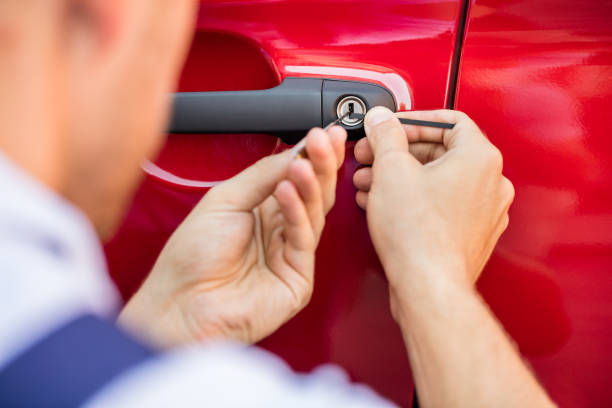Things You Should Know About Flexible Rubber Couplings
- Kiera Peterson
- Apr 29, 2016
- 3 min read
Coupling is a connecting device that connects the end of two shafts together, so as to transmit power. With couplings disconnection of the shafts can be prevented, however the torque limit couplings might slip and hamper the connection when torque exceeds the desired value. By using flexible rubber couplings the torque can be easily transmitted from one shaft to another without any complications. In addition to that, these couplings even reduce vibration and noise that occurs during transmission of power.
What Are the Functions of Flexible Rubber Couplings?
There are five integral functions of rubber couplings, these operations allow the shaft system to work the way it should. The functions are as follows:
Transmission of Power: The basic use of couplings is to transmit power from one source to another. This power is often the mechanical torque that gets transmitted from one shaft to another shaft. A Certain power is lost during this process; however, this is negligible, as the couplings still manage to provide amazing efficiency.
Compensate for End or Axial Displacement: The rubber couplings are designed in a manner that they can easily take up axial displacement of the joint of the equipments or points of the shaft. The accommodation or end movement is carried out without inducing any form of irregular loads to the system. For this, during installation of the couplings appropriate alignment of the shaft and extremely important. As after this the coupling can handle the overall flow of power the way it should.
Accommodate Misalignment: This is a vital function that is handled along with two other sub functions which is the fourth and fifth function of flexible rubber couplings. Here, accommodating the misalignment is required so as to make sure that the efficiency of the system is not altered because of lack of alignment.
Coupling Misalignment: There are two general methods used for coupling misalignment and they are elastomeric coupling and double flex coupling. These approaches ensure that misalignment of coupling can be handled without affecting the performance of the equipment.
Shaft Misalignment: This function deals with the driver and the driven shafts. This form of arrangement is again divided into two methods which are parallel offset and angular misalignment. Dealing with shaft misalignment can protect and sustain the working standard of the equipment.
Other than rubber the flexible couplings are made up of many more materials such as PVC, metals mostly those that belong to the category of piping system.
Different Types of Flexible Couplings
Flexible rubber couplings are not the only variables; in addition to that there are several forms of flexible couplings available in the market. Some of the popular forms amongst them include:
Jaw Couplings: These couplings have a lock ring and the best thing about them is that their inset can be changed without replacing the hubs of the couplings.
Flexible Plastic Connectors: These are one of the most popular forms of couplings often used for repair or modification work in kitchen furniture or bathroom. These couplings have the ability to twist 180 degrees and remain in the same position until and unless it has been altered.
Flexible Ventilation Couplings: These couplings are primarily used in the working of ducts of HVAC systems so as to manage unusual turns or twists that may occur in ventilation, exhaust or heating systems.
By now you must have realized the importance of the couplings and the major role that they have to play in order to maintain the efficiency & durability of any system. So whenever you purchase couplings for any system do make sure that you get the best quality of the purpose.








Comments